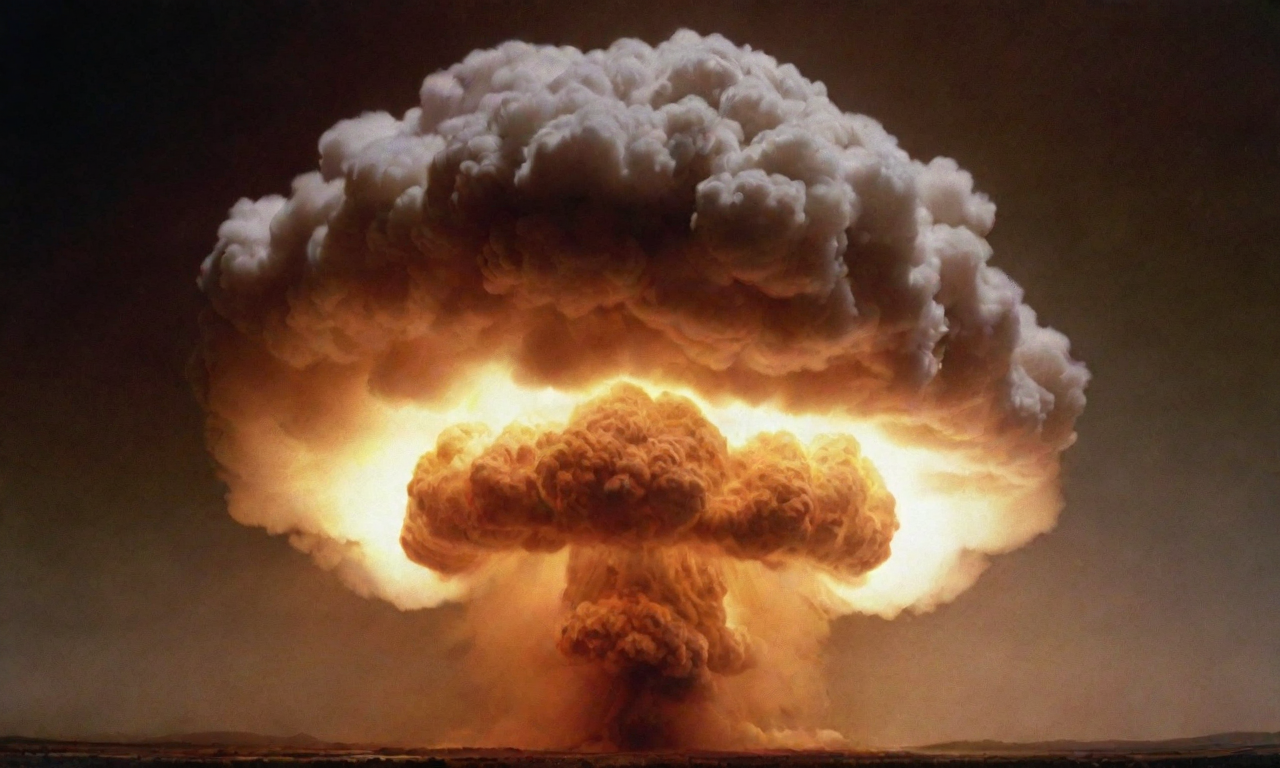Article | Zhang Duanhong (Director of the Education Policy Research Center at Tongji University)Educational evaluation is related to the direction of educational development, and its role as a "baton" largely determines the orientation of school management. In recent years, due to the convergence of university management models and evaluation orientations, the phenomenon of "uniformity among thousands of schools" has been criticized. The national level is gradually promoting classified management and evaluation of universities, and many provinces in China have also promoted the reform of classified evaluation of universities, aiming to break the practice of "using the same yardstick" to measure universities and guide them towards classified and distinctive development.From the practice in many regions, the reform measures of classified evaluation of universities have achieved certain effects, playing a good role in guiding and promoting the standardized development, distinctive development, and connotative development of universities. The government guides universities to develop steadily in different sequences according to different types such as research-oriented, application-oriented, and skill-oriented, and develop their own characteristics.However, with the advancement of the reform, a series of new problems have emerged:First, the number of provincial universities is limited, and it is easy for top-tier and bottom-tier universities to become solidified. After several years of implementation of the reform, the initial novelty easily disappears, and the motivational and restraining effects of evaluation results gradually weaken.Second, the evaluation indicators cover various aspects of university reform and development, with a large number of observed points involved. Universities often need to achieve development in various indicators, which is not conducive to highlighting their own distinctive development.Third, among various types of universities such as research-oriented, application-oriented, and skill-oriented, if other attributes are used for examination, it is actually forcing different universities to be compared together.Fourth, the new tasks and functions that the state and localities hope to guide universities to undertake are often difficult to quantify, resulting in a lack of significant guidance function of the evaluation "baton". The reform and development of many universities still lag behind the needs of economic and social development.Building a strong education country, higher education is the leader. As an important combination of the first productive force of science and technology, the first resource of talents, and the first driving force of innovation, higher education has a significant mission in the construction of a strong education country. Therefore, higher education should strive to play the role of the main force in talent cultivation and scientific innovation, and strive to achieve the integration of industry and education and the integration of science and education, driving and leading the comprehensive and high-quality development of basic education and vocational education.In this process, higher education should actively serve the overall strategic development of the country, lead the regional economic and social development, vigorously improve the ability to independently cultivate high-level innovative talents, scientific and technological leaders, and high-quality technical skilled talents, accelerate the construction of important talent centers and innovation highlands in the world, and serve the high-quality development of the economy and society.In this historical context, it is difficult for education evaluation to effectively play the role of the "baton" based on traditional level evaluation and status monitoring. From this macro perspective, the current classification and evaluation standards for universities are sufficient but lack guidance.This also calls for the active exploration of new evaluation models in education evaluation in the new historical period, focusing on how to establish an evaluation mechanism with the core of comprehensively improving the quality of talent cultivation and focusing on serving high-level self-reliance in science and technology and the development of the economy and society. Let universities break away from the vicious circle of relying solely on "titles," papers, projects, and indicators. Encourage universities to adhere to their own mission and functions, and insist on distinctive development, thereby achieving high-quality development of higher education.At present, many university leaders still have many misunderstandings about university evaluation. They regard university rankings as the "lifeline" of the university, and consider influential journal papers, national major projects, and discipline evaluation results as "third-party quality guarantees" for the quality of school education. They forget that universities should support and lead Chinese-style modernization as the driving force of the country and take the ability to cultivate talents, the ability to innovate in science and technology, and the actual contribution to the economy and society as their core mission. Only by focusing on the actual needs of the country and localities, and making good plans, assuming responsibilities, and taking action, can universities accelerate the development of distinctive characteristics and strive for excellence.In terms of nature, the classified evaluation of universities in each province is first and foremost a performance evaluation and level evaluation. Specifically, it mainly reflects several aspects of school direction, management level, school conditions, school quality, school reputation, and school effectiveness, mainly limited to the "level" and "status" dimensions. This makes comprehensive evaluation of universities have certain limitations.Only when the important missions, key tasks, and core functions that universities undertake within a certain time dimension are fully reflected in the classified evaluation of universities, can they truly guide universities to serve the promotion of high-quality development more effectively.Each university has differences in the missions, tasks, and functions it can undertake. Therefore, it is not necessary to require universities of the same type to use a fixed set of evaluation indicators. Governments and universities can gradually explore the development goals and key tasks through contracts or agreements.In this way, the classified evaluation of universities can take the degree of accomplishment of the tasks undertaken by universities as an important criterion, and the task indicators, level indicators, and status indicators can be listed separately to achieve comprehensive evaluation. This approach is not to strengthen the government's administrative intervention in universities, but to stimulate the autonomy and vitality of universities, and to actively respond to the national and regional strategic needs, demonstrating greater initiative in serving the high-quality development of the economy and society. Only in this way can higher education live up to expectations as the "leader" and play a greater role in supporting and leading Chinese-style modernization.China Science Report (January 23, 2024, 3rd Edition, University Observation, originally titled "Where Should the Evaluation "Baton" of Universities Point")
How to break the uniformity of thousands of schools? Considering customizing performance indicators for each university might be a solution.
Article | Zhang Duanhong (Director of the Education Policy Research Center at Tongji University)Educational evaluation is related to the direction of educational development, and its role as a "baton" largely determines the orientation of school management








